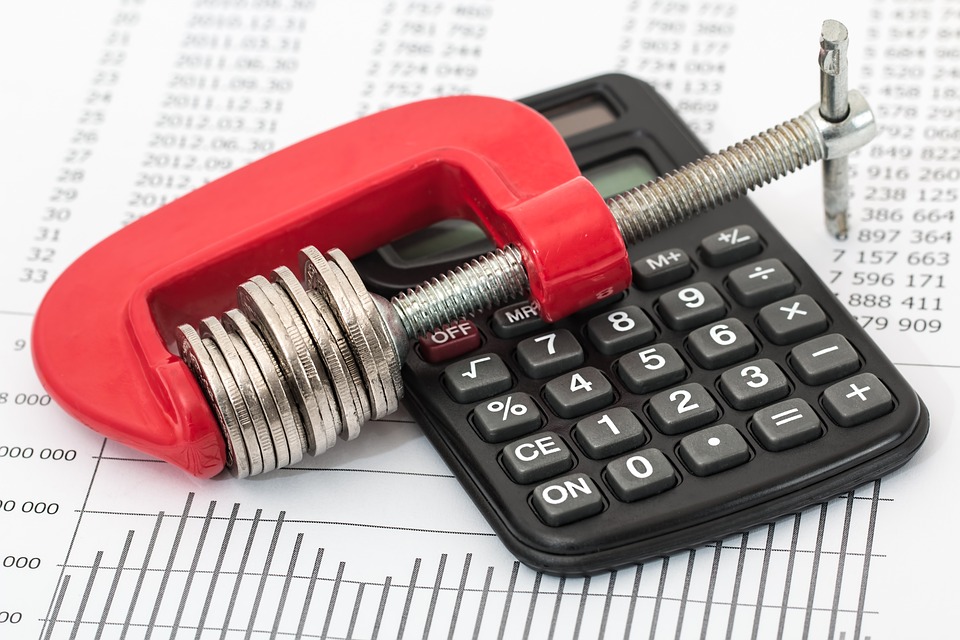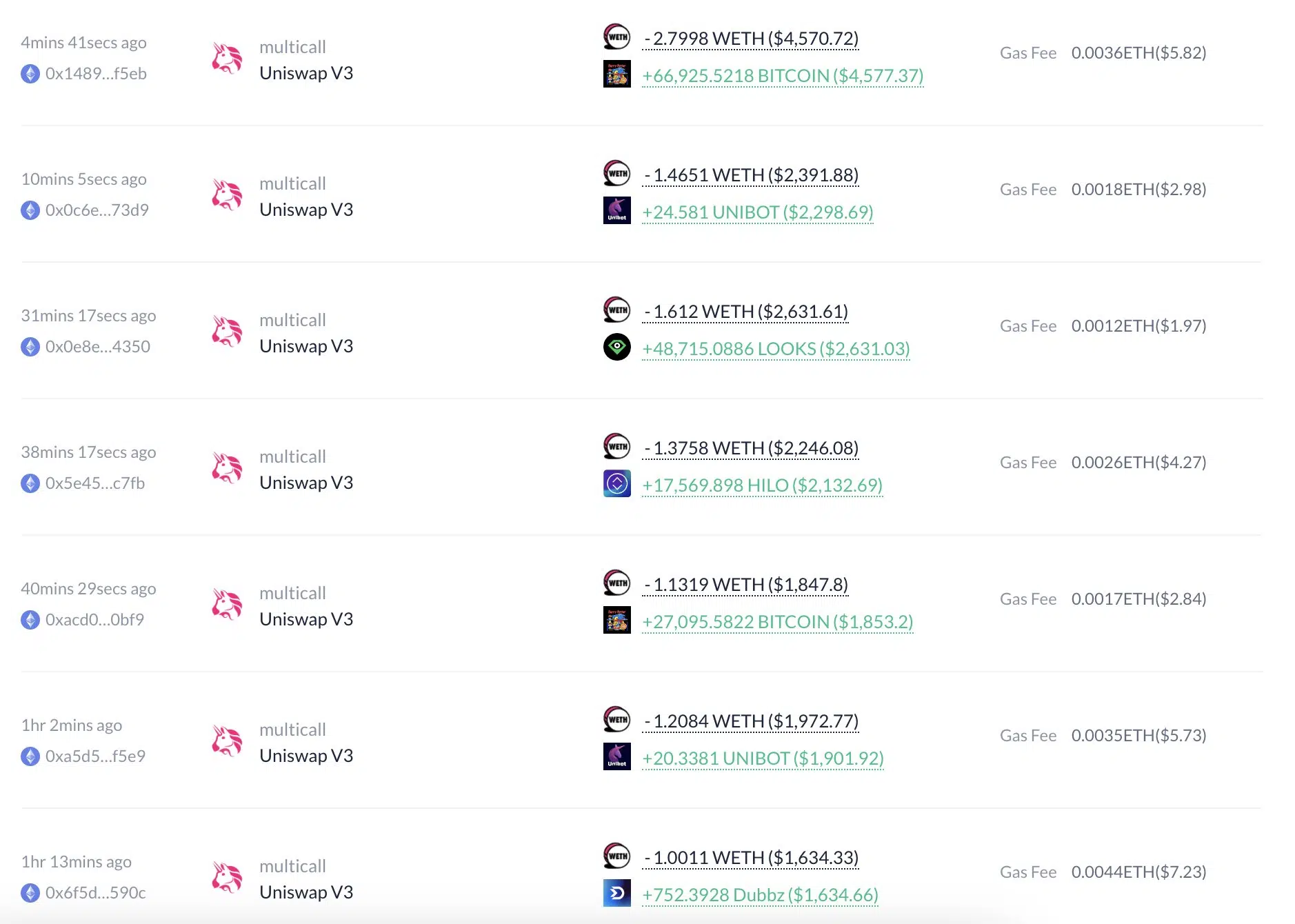Mastering the Market: A Guide to Simple and Effective Forex Signals
Mastering the market is all about understanding Forex signals and using them to your advantage. Forex signals are essential tools used by traders to identify and decide when to buy or sell currency pairs. They can be simple and easy to understand, making them incredibly effective for both beginners and seasoned traders. This guide aims to provide comprehensive insights into Forex signals and how best to use them to master the Forex markets.
Understanding Forex Signals
Forex signals are prompts or indicators that direct traders to buy or sell currencies at a specific time. These signals can come from analysis of the market, either done manually by a proficient trader or generated automatically through software or bots developed specifically for this purpose. Forex signal systems can be based on either technical analysis charting tools or news-based events. For the trader, using these signals right can mean the difference between making profits and experiencing losses.
Types of Forex Signals
There are essentially two main categories of forex signals: manual and automated.
- Manual Forex Signals: These are generated by experienced and knowledgeable traders who spend a considerable amount of time analyzing the market to identify potential trading opportunities.
- Automated Forex Signals: These are created by automated systems or software that uses advanced algorithms and market analysis tools to identify trading signals.
While automatic signals can be quicker and more precise, manual signals typically offer more flexibility as they allow for human judgment.
Why Use Forex Signals?
Forex signals play a vital role in successful currency trading. Here are some of the reasons why traders use forex signals:
- Ease of Trading: Forex signals simplify the decision-making process by providing clear entry, exit, and stop loss figures for trades.
- Time-Saving: By providing real-time trading cues, forex signals save traders the time they would otherwise spend analyzing market trends and patterns.
- Risk Management: By indicating when to exit a position, signals can aid in risk management and prevent significant losses.
How to Use Forex Signals Effectively
Learning to use forex signals effectively involves understanding the types of signals, knowing when and how to use each one, and properly interpreting the information they provide. Here are some steps to help you master forex trading using forex signals:
- Choose Reliable Forex Signals: Ensuring that the signals you use are from a trustworthy source is crucial, whether they are manual or automatic. This is an essential first step to avoiding potential trading blunders.
- Understand Signal Parameters: Familiarize yourself with the signal parameters. This includes knowing the currency pair, the time frame, and the buy/sell indicator.
- Identify the Best Time to Trade: Understanding the forex market hours and the best times to trade is essential in forex signal utilization.
- Manage Risk Wisely: Use risk management tools and techniques like stop-loss orders in tandem with forex signals to minimize potential losses.
Key Performance Indicators of Forex Signals
Carefully evaluating the effectiveness of your forex signals is vital to ensure consistent returns. Here are basic Key Performance Indicators (KPIs) to help you assess your forex signals:
| KPI | Description |
|---|---|
| Win Rate | This is the percentage of total trades that have been won. A higher win rate indicates a more successful signal. |
| Profit Factor | This is the ratio of gross profit to gross loss. A profit factor higher than one means the signal is profitable over time, whilst a ratio less than one indicates a loss. |
| Maximum Drawdown | This is the biggest loss that the trading system has sustained. A lower maximum drawdown is generally preferred. |
Conclusion
Mastering the forex market requires a reliable, effective set of forex signals, a thorough understanding of how to use these signals, and the ability to assess their performance. While this may seem daunting at first, with time, patience, and practice, mastering these signals can be simple. The key is to always keep learning, staying updated with the markets, and refining strategies based on the signals.
Forex signals can be your guide to the complex world of forex trading and your ally in success. They are the dots that you need to connect to draw the bigger picture of market trends and make smart, informed decisions. It’s not just about receiving the signals; it’s also about understanding them and knowing how to use them effectively. That’s how you master the forex market!
Summary
1. Understanding Forex Market: Forex, or Foreign Exchange, refers to the decentralised international market where world currencies are traded. Demand and supply dynamics drive the shifts observed in the value of currencies, rendering the Forex market highly volatile.
2. Role of Forex Signals: Forex signals are tools that support decisions in currency trade. They provide tangible information concerning suitable trading windows, potential risks, and prospective rewards associated with particular trade direction. It’s an alert sent to traders about the good time to buy or sell a particular currency pair.
3. Types of Forex Signals: Forex signals are of three types- Manual Forex signals, Automated Forex signals, and AI-driven Forex signals. Manual signals require hands-on involvement, automated signals allow for direct implementation into the trader’s account, while AI-driven signals use machine learning to optimise trading strategies.
4. Key considerations of Forex Signals: Accuracy of signals, cost of the service, trading style, customer support, and the signal provider’s trading history are crucial points to look out for when choosing Forex signals.
5. Importance of Demo Trading: Before launching into actual trades, conducting trades on demo accounts is beneficial to understand the workings of Forex signals.
6. Optimal utilization of signals: Signals are best used in complement to existing trading strategies. Relying solely on signals could lead to loss of skill amongst traders and the dynamics of market trends.
7. Assessing Signal Providers: The providers’ track record, transparency, customer service, signal delivery speed and diversification of signals are some factors assessing which can aid in bettering trading experience using signals.
8. Risk Management: It is crucial to always acknowledge the chance of potential losses. Strategies need to be optimised such that a losing trade does not significantly impact the trader’s capital. This ensures continuity and potential for gains in subsequent trades. A key tool in this risk management process is the ‘Stop Loss’ order that can help in minimising losses.
9. Importance of Continued Learning: Forex trading, being dynamic, demands continued learning and adaptation of strategies according to market trends. Forex education helps traders to anticipate price action and mitigate common market risks.


